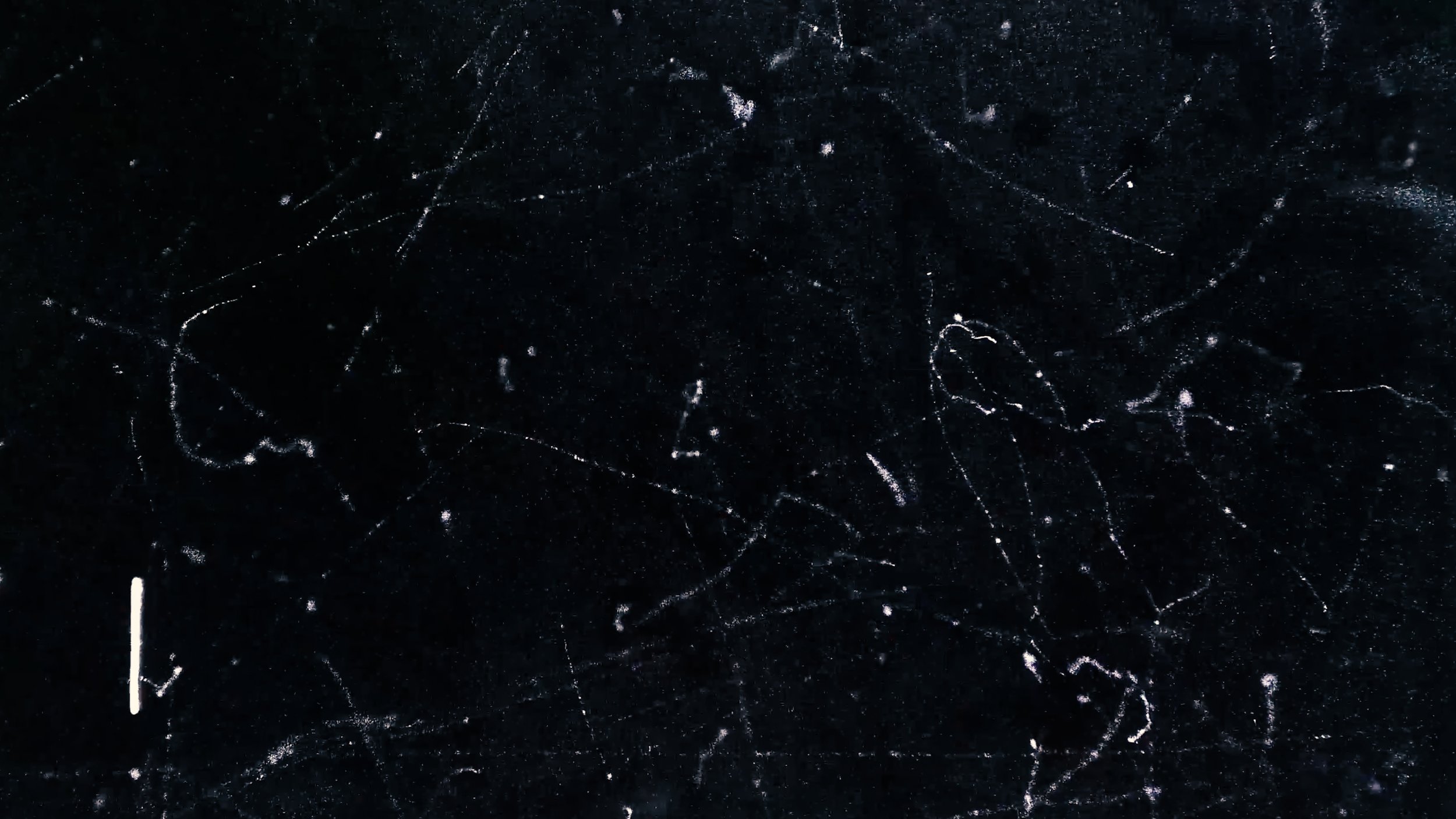
Make your own µMuography project and adapt
Dark Matter - µ Muography resources
DARK MATTER | Science Gallery Melbourne | 2023
The µ Muography device is an experimental DIY particle detector, built in my studio during Melbourne’s lockdown over 2020/2021. Engineered using freely available open-source plans, modified electronics and hand-built circuitry, the device detects high speed cosmic particles (muons) as they rain down to earth, translating the resulting data as an artwork.
Every second, a muon particle shoots through your body at incredible speeds. An invisible cosmic messenger at 299,726 km/second. A muon forms when a proton flying through space, hits the earth’s atmosphere at 99.9% the speed of light and breaks down into its subatomic components. The source of these protons is largely unknown due to the fact they bounce around the universe, in erratic flightpaths, affected by magnetism and gravity, but most likely come from supernovae explosions, millions, or even billions of light years away. Some thinkers have even suggested you can’t rule out alien signalling!
Muons are part of the ancient, native language of matter that makes up everything in existence yet are invisible to human perception. The µ Muography device co-opts these muons into a collaborative art process, making their presence visible through a variety of creative processes, becoming active (non-human) agents in the creative practice.
The key concept around the work is to observe the invisible building blocks of matter and to connect us puny humans to the supermassive picture of the known universe. The Muons are atomic objects that might have travelled millions of years, across billions of kilometres. These are large, unfathomable numbers, spanning vast scales, but the work’s format allows for a human-scale approach.
The µ Muography device is designed to be modular in nature, allowing me to add to, and adapt for a range of creative projects. The first iteration was an experimental image making process developed for Castlemaine Art Museum (CAM) where the device became a “cosmic camera”, detecting muons and recording each strike on a modified sensor, accumulating over the lifespan of the exhibition, creating the resulting images. This iteration for DARK MATTER develops the device’s potential as an experimental performance tool.
EXHIBITION PARTNER LINKS:
ARTS AT CERN
THE ARC CENTRE OF EXCELLENCE FOR DARK MATTER PARTICLE PHYSICS
KEY DIY PROJECT LINKS:
JERRY PETREY’S DIY MUON DETECTOR:
Retired NASA engineer, tinkerer and a generous soul, Jerry published his project on HacksterIO ing 2019 and was one of many DIY muon detector projects available through the open source DIY tinkerer community. He was chuffed that his project was able to benefit this work and provide inspiration to young people through the Science Gallery’s core focus.
Jerry says: Using an STM32F429 board and two Geiger counters to detect muons from cosmic ray collisions in our atmosphere. Having worked as an engineer for NASA and JPL in the past, I have always had an interest in science and especially in astrophysics, cosmology and particle physics so this seemed like a fun project to do.
https://www.hackster.io/jdpetrey/muon-detector-23bb72
LODOVICO LAPPETITO’S WEBCAM DETECTOR:
I discovered this webcam detector project online when another tinkerer shared a video of his experience making it. The process is really simple and enjoyable. I think Lodovico made this when a physics student for the Theremino community but am not fully certain!
https://physicsopenlab.org/2016/05/18/diy-webcam-particle-detector/
OLIVIA JACK’S PIXELSYNTH:
An amazing browser based image to tone generator.
Olivia’s statement: Browser-based synthesizer for creating sounds from images and drawings, programmed using javascript and Web Audio. PIXELSYNTH is inspired by the analog ANS Synthesizer created by Evgeny Murzin in 1937 for composing musical scores.
Thanks to Olivia for generously allowing me to utilise PIXELSYNTH in this project!
For my sound work, I took the parameters down to the slowest and lowest settings to create very abstract tonal sounds both high and low end. I recorded 100’s of tone “scores” and then learn’t how to use a Digital Audio Workstation to arrange the final composition. I wanted to create a soundtrack that was part melodic (suitable for human listening experience) and deeply subsonic and bodily, creating sounds that are non-human, representing the agency of the muons and their journey through spacetime.
https://ojack.xyz/PIXELSYNTH/
IDEAS AND PROVOCATIONS:
A handful of articles read during the research phase of the project. These are only the ones I remembered to bookmark and represent only a small portion of the google rabbit hole that I fell into. They represent a non-linear input and I do not necessarily support all ideas here, but they do add up to an amorphous mind map of inspiration. See them as provocations to open up discussions. Please note that some of these links may be behind a paywall (they weren’t when I read them!) and I take no responsibility for the content of the articles.
Where do cosmic rays come from?
Muons - Wikipedia
Muography - Wikipedia
Muon accelerator
Impossible Muons great explainer video
Scientists on the brink of discovering a fifth force
Muons: Strong evidence found for a new force of nature
How particle detectors capture natures hidden beauty
To observe the Muon is to experience hints of immortality
Muon puts standard model to the test
The humble muon
Radio Lab’s Cosmic Bit Flipping - Cosmic rays effect on binary computing
One photon can kick off photosynthesis
NASA/Voyager/The Golden Record
Here’s how we could decode alien messages
The Aracebo Message
Updating the Aracebo Message
List of interstellar radio messages
Musica Universalis - The music of spheres
Graphic notation (musical composition techniques) - Wikipedia
Webb telescope high res images
Natural radio receivers
Neutrino galactic map
Lemon Drizzle sponge pudding recipe
What has feelings?
Quantum tunneling
More to come…



